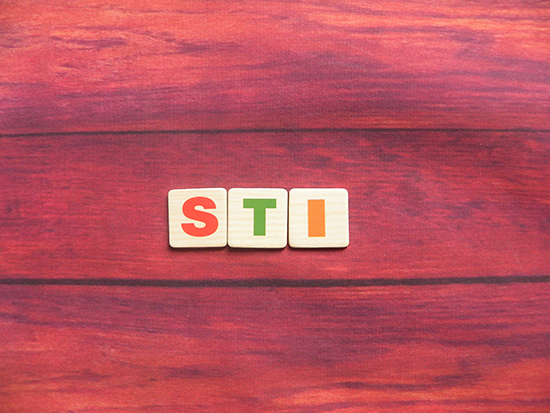Urine testing compared with genital swabs for STIs in women
A new analysis, published today in the Annals of Family Medicine by University of Alabama at Birmingham researchers, indicates that genital swabs are slightly more accurate than urine tests when it comes to detecting the sexually transmitted infections chlamydia and gonorrhea in women.
This study analyzed the best way to test for sexually transmitted infections in women, specifically chlamydia, gonorrhea and trichomoniasis. Although vaginal swabs are the recommended sample type, urine specimens are often used instead. The study found that using a vaginal swab was more accurate than using urine for all three infections.
Lead author Kristal Aaron, DrPH, a clinical data manager in the UAB , says using urine for testing could lead to false-negative results and untreated infections, so vaginal swabs should be the recommended method for testing.
“We hope evidence presented in our article encourages health care providers to use the latest CDC STI testing and treatment guidelines in their clinical decision-making,” Aaron said. “Evidence from our review supports the genital sample type recommended by the CDC in women for the laboratory testing of chlamydia and gonorrhea.”
The researchers say it is important for clinicians to ask about a patient’s comfort level with collecting their own vaginal swab and to offer it as the first choice for testing.
The researchers conducted a systematic search of multiple databases and identified 28 eligible articles with 30 comparisons for chlamydia, 16 comparisons for gonorrhea and nine comparisons for trichomoniasis. They found that the pooled sensitivity estimates for vaginal swabs were higher than those for urine specimens. Specifically, the sensitivity estimates for vaginal swabs and urine, respectively, were 94.1 percent and 86.9 percent for chlamydia, 96.5 percent and 90.7 percent for gonorrhea, and 98.0 percent and 95.1 percent for trichomoniasis.
“Our next steps include further investigation of additional articles in which both urine and vaginal swabs were used for Trichomonas vaginalis testing to conclude definitively which sample type works best for TV testing in women (since it was not statistically significant in our metanalysis) and to continue research into best practices for STI diagnostics,” Aaron said.

